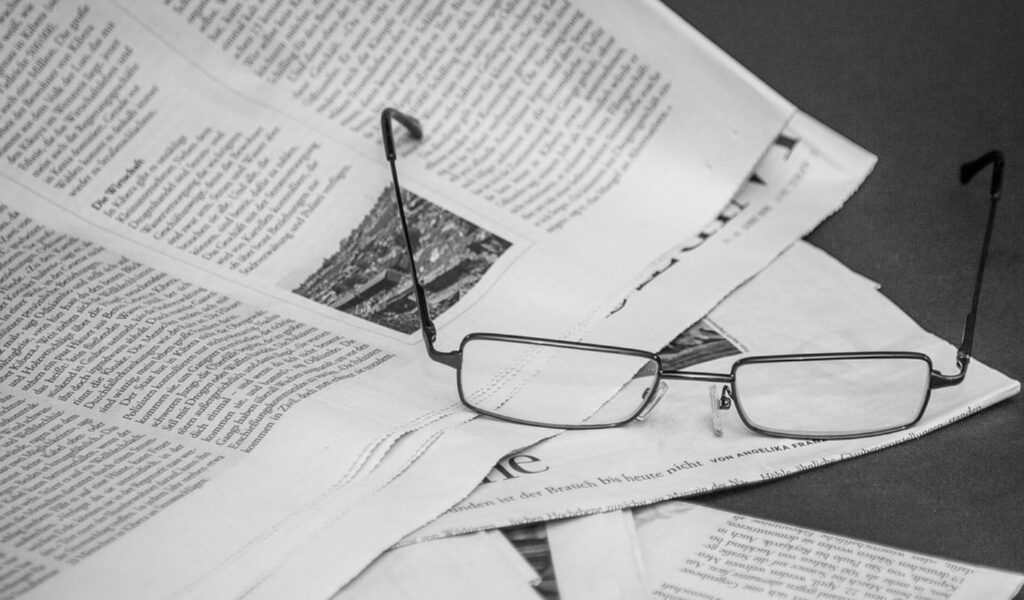
When artificial intelligence platforms are tasked with creating images of male and female bodies, they overwhelmingly reproduce and amplify narrow Western body ideals. This is the conclusion of a recent study conducted by the University of Toronto, published in the journal Psychology of Popular Media. The research involved three AI platforms—Midjourney, DALL-E, and Stable Diffusion—prompted to generate images of male and female bodies, including those of athletes.
The findings were as expected, revealing that AI tends to reinforce the “fit ideal.” According to lead author Delaney Thibodeau, a postdoctoral researcher at the Faculty of Kinesiology & Physical Education (KPE), “In a systematic coding of 300 AI-generated images, we found that AI reinforces the fit ideal, with athlete images far more likely to show very low body fat and highly defined muscularity than non-athlete images.”
Gendered and Racial Biases in AI-Generated Images
Joining Thibodeau in the study were research associate Sasha Gollish, recent master’s graduate Edina Bijvoet, KPE Professor Catherine Sabiston, and graduate student Jessica E. Boyes from Northumbria University in the U.K. Their findings highlighted persistent gendered sexualization: female images were more likely to be facially attractive, younger, blond, and shown in revealing clothing such as bathing suits. In contrast, male images were often shirtless, hairier, and hyper-muscular.
Objectification was also prevalent, with clothing fit and exposure patterns emphasizing appearance over function. This mirrors detrimental trends seen in social media imagery. A significant lack of diversity was noted, with most images depicting young, white bodies and no visible disabilities.
“Racial and age diversity were minimal,” says Thibodeau, adding that AI defaults to male athletes when unspecified. “When prompted simply for an athlete (no sex specified), 90 percent of images depicted a male body—revealing an embedded bias toward male representation.”
The Implications of AI’s Reinforcement of Body Ideals
The study underscores the need to scrutinize how emerging technologies replicate and amplify existing body ideals and exclusionary norms. Sabiston, who is a Canada Research Chair in physical activity and psychosocial well-being and director of the Mental Health and Physical Activity Research Centre (MPARC) at KPE, emphasized the importance of a human-centered approach in designing AI algorithms. “A human-centred approach—one that is informed by considerations of factors such as gender, race, disability, and age—would be advisable when designing AI algorithms. Otherwise, we continue to perpetuate harmful, inflexible, and rigid imagery of what athletes should look like.”
Users of AI-generated images also have a role to play. Sabiston suggests that this includes thoughtfully crafting prompts and considering how these images will be publicly presented. Viewers should be cautious about interpreting AI-generated images as authentic and remain critical of the biases and potential stereotypes they depict.
Looking Forward: The Need for More Inclusive AI
While more research is needed to track the impact of AI-generated images on psychosocial outcomes such as self-esteem, motivation, and body image, the researchers express hope for greater acceptance of body and weight diversity. This could be achieved as more diverse and inclusive images are posted and shared globally.
This research was funded by the Canada Research Chair program, highlighting the importance of continued investigation into the societal impacts of AI technologies. The study calls for a concerted effort to ensure that AI developments contribute positively to social norms and cultural diversity.







